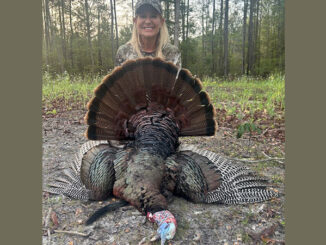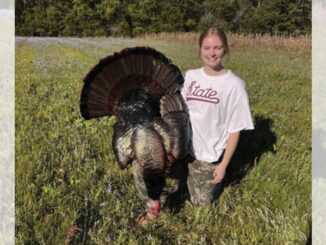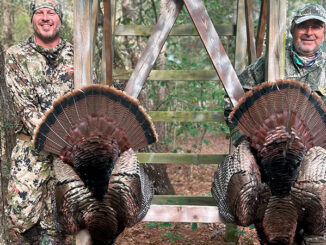Target ‘December’s drum’ in Carolina waters
Black drum are often overlooked by inshore fishermen, until they hook up with one. Here’s how to m

Marti Schutte killed a 22-pound, double-bearded gobbler in Horry County, SC during the early part of the 2024 turkey hunting season. […]

Sailor Rearden came home to Horry County, SC over Easter weekend from her studies at Mississippi State University and killed a nice gobbler. […]

Jon Schutte of Horry County, SC got a chance to double up on gobblers with his Uncle Paul visiting from Minnesota on April 1, 2024. […]

Copyright 1999 - 2024 Carolina Sportsman, Inc. All rights reserved.
Be the first to comment